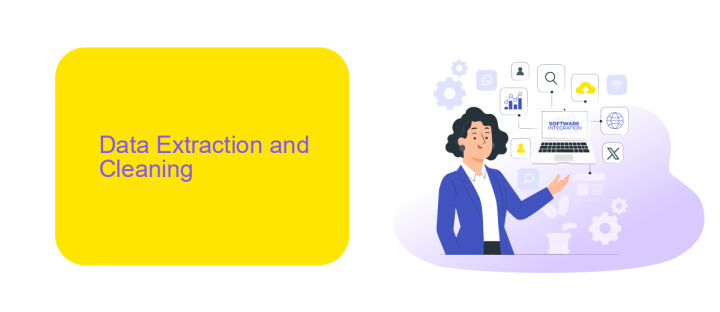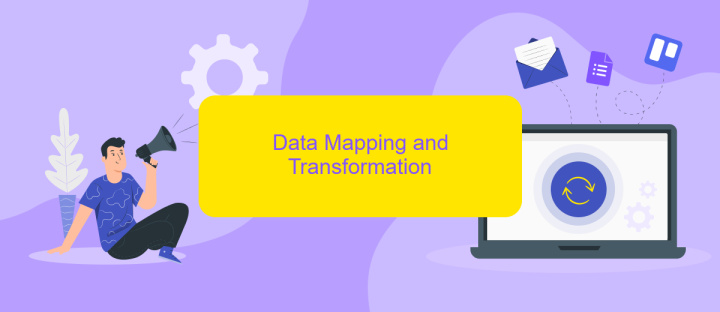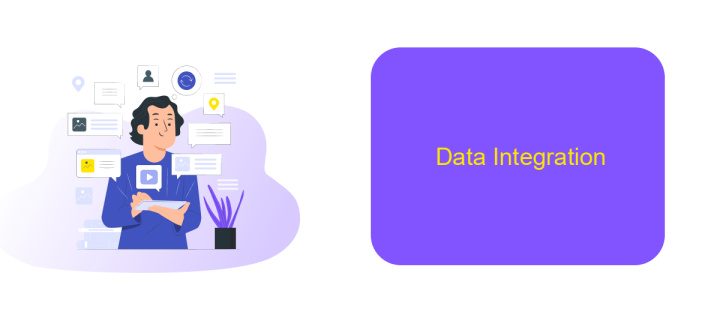How Data Integration Works
Data integration is a critical process that involves combining data from different sources into a unified view, enabling organizations to gain comprehensive insights and make informed decisions. This article explores how data integration works, the technologies involved, and the benefits it brings to businesses. By understanding the intricacies of data integration, companies can optimize their operations and enhance data-driven strategies.
Introduction
Data integration is a critical process for organizations looking to unify information from multiple sources into a single, cohesive system. This practice not only enhances data accuracy but also improves decision-making and operational efficiency. By consolidating data, businesses can gain a more comprehensive view of their operations, customer behaviors, and market trends.
- Combining data from different databases and applications
- Ensuring data consistency and accuracy
- Streamlining data access for better analytics
Tools like ApiX-Drive simplify the data integration process by providing user-friendly interfaces and automation capabilities. ApiX-Drive allows businesses to connect various applications and databases seamlessly, ensuring that data flows smoothly between systems without manual intervention. This not only saves time but also reduces the risk of errors, making it an invaluable resource for modern data-driven enterprises.
Data Extraction and Cleaning

Data extraction is the initial step in the data integration process, where raw data is gathered from various sources such as databases, APIs, and flat files. This stage involves identifying relevant data sources and utilizing appropriate tools to retrieve the data efficiently. For instance, services like ApiX-Drive can simplify the extraction process by providing seamless connections to multiple data sources, allowing for automated data retrieval without the need for extensive coding.
Once the data is extracted, the next crucial step is data cleaning. This stage ensures the accuracy and consistency of the data by addressing issues such as missing values, duplicates, and inconsistencies. Cleaning involves various techniques such as normalization, validation, and transformation to prepare the data for analysis. Effective data cleaning enhances the reliability of the insights derived from the integrated data, making it a vital component of the data integration workflow.
Data Mapping and Transformation

Data mapping and transformation are crucial steps in the data integration process. Data mapping involves matching fields from one database to another, ensuring that information flows seamlessly between systems. This step is essential for maintaining data consistency and accuracy across different platforms.
- Identify the source and target data structures.
- Define the mapping rules for each data field.
- Transform data to match the target system's format.
- Validate the transformed data to ensure accuracy.
- Load the transformed data into the target system.
Services like ApiX-Drive can simplify the data mapping and transformation process. ApiX-Drive offers user-friendly tools for setting up data integrations without the need for extensive coding knowledge. By automating these steps, businesses can save time and reduce the risk of errors, ensuring a smooth data integration experience.
Data Integration

Data integration is the process of combining data from different sources to provide a unified view. This is crucial for businesses that rely on multiple data streams to make informed decisions. By integrating data, organizations can streamline operations, improve data quality, and enhance analytics.
There are various methods to achieve data integration, ranging from manual coding to using specialized software tools. Modern data integration platforms often come with pre-built connectors and automation features that simplify the process. These tools can handle data from various formats and sources, including databases, APIs, and cloud services.
- Extract, Transform, Load (ETL)
- Data Virtualization
- Data Warehousing
- API Integration
One such tool is ApiX-Drive, which offers a user-friendly interface for setting up integrations without requiring extensive technical knowledge. It supports a wide range of applications and services, allowing businesses to automate data flows and reduce manual effort. By leveraging such platforms, organizations can achieve more efficient and reliable data integration.


Conclusion
In summary, data integration is a crucial process that enables organizations to consolidate information from various sources into a unified view, enhancing decision-making and operational efficiency. Effective data integration involves the use of tools and technologies that ensure data accuracy, consistency, and accessibility. By overcoming the challenges of disparate data systems, organizations can achieve a more comprehensive understanding of their operations and drive strategic initiatives.
One such tool that facilitates seamless data integration is ApiX-Drive. This service simplifies the integration process by allowing users to connect different applications and automate data workflows without requiring extensive technical expertise. By leveraging ApiX-Drive, businesses can streamline their data integration efforts, reduce manual intervention, and ensure real-time data synchronization. Ultimately, embracing robust data integration solutions like ApiX-Drive can significantly enhance an organization's ability to harness the full potential of its data assets.
FAQ
What is data integration?
Why is data integration important?
What are the common methods of data integration?
How can I automate data integration processes?
What are the challenges of data integration?
Time is the most valuable resource in today's business realities. By eliminating the routine from work processes, you will get more opportunities to implement the most daring plans and ideas. Choose – you can continue to waste time, money and nerves on inefficient solutions, or you can use ApiX-Drive, automating work processes and achieving results with minimal investment of money, effort and human resources.

